정당성 없는 그릇된 믿음으로서의 창작
이경민 / 미술비평
어릴 적 우리 집 현관문 위엔 억세고 뾰족한 가시를 두른 탱자나무 가지가 가로로 걸려있었다. 귀신을 막아준다며 외할머니가 주신 것이다. 할머니는 절에 다니셨는데, 그렇다고 불교 신자라고 부를 수 있을지는 모르겠다. 지금도 그렇겠지만, 그 당시 한국 어르신들의 불교는 무속신앙과 뒤섞여있었으니까. 할머니에겐 ‘제주 할머니’라 불리는 친구분이 있었는데, 지방 마을에 더러 한 분쯤 있는 일종의 무당이었다. 지금까지도 제주 할머니가 무얼 하는 분인지 정확히는 모르지만, 그녀가 사람들의 꿈을 읽어주고, 사람들에 관한 꿈을 꾸고 미리 언질을 주곤 했다는 것을 기억한다. 아마도 할머니가 내게 주신 탱자나무 가지나 부적 따위도 그녀의 손을 거친 것일지 모른다.
종교, 미신, 신념, 그 무엇이라 부르던, 크고 작은 믿음에서 비롯된 사람들의 모습은 늘 나를 사로잡았다. 불상 앞에서 몇 번이고 절을 올리던 할머니와 까딸루냐의 바위산 중턱 수도원에서 조심스레 성모 마리아의 손에 입 맞추던 노부부처럼, 믿음으로 인해 한 사람이 아름답고, 때론 성스러워지기까지 하는 몇몇 순간이 깊은 인상으로 남았던지, 나는 신부터 환상까지 모든 것을 믿게 되었다. 이후에 나는 본적도 없는 신을 어떻게 믿냐며 반문하는 이들을 만났다. 그러나 오히려 본적 없기에, 아니 영영 볼 수 없을 것이기에 믿는 건 아닐까. 과학 또한 설명되지 않은 신비를 조금씩 밝혀나가는 순례자의 작업과 닮았다는 생각도 한다. 터무니없고 비이성적이라 할 수 있겠지만, 검증할 수 없는 것 혹은 검증되지 않은 것을 향한 믿음이 때론 인간을 더욱 잘 비춰주기도 한다.
인간이 살면서 갖기 마련인 두려움이나 불안을 대하는 하나의 방식이 종교라는 설명도 있다. 대다수가 저마다 나름대로 적절히 설명되는 지금은 다른 것들이 종교의 역할을 대신한다. 꿈, 소원, 환상을 점차 어리석고 맹목적이라고 간주하는 반면 불신이나 회의론을 똑똑한 처사로 여긴다. 정치 경제에 관한 정보나 재화, 건강이야말로 중요하고 ‘현실적인’ 것이라 일컬어진다. 거대한 종교는 사라졌지만, 너도나도 교조 못지않은 수많은 계명을 만들어낸다. 매일매일을 그것들을 좇는 데 견주면 개기일식 같은 자연재해로 닥쳐오는 신의 분노 따위는 문제가 아니다. 사람들은 더는 기도하거나 어디에 대고 소원을 빌지 않는다.
웨스터로스인들은 오래된 신과 새로운 신 모두를 믿으며, 고대 그리스인들은 수많은 신을 믿고 섬겼고, 어린이들은 산타클로스가 있다는 걸 의심하지 않는다. 과학적 원리와 지식은 물론, 심지어 건강과 관련된 원칙에 신념을 둔 사람도 있다. 그러나 누구도 자신이 허깨비를 믿는다고 생각하지는 않는다. 저마다 믿음의 대상과 그에 대한 근거가 다를 따름, 자신의 믿음이 타당하고 참되다고 확신하기 마련이다. 반면 누군가 타인의 믿음이 미신이나 착각, 혹은 오류라고 판가름한다면, 그 믿음을 뒷받침하는 근거가 충분히 타당하지 않거나, 만에 하나 그렇다고 해도 객관적 사실과 부합하지 않기에, 즉 참이 아니기 때문일 것이다. 미신이나 종교에 대한 비판은 주로 이렇게 이루어진다.
누군가의 믿음이 쉽사리 정당화되지 않는 영역은 종교뿐이 아니다. 때때로 창작자는 그의 작업이 불가해하고, 말이 안 된다는 반응과 마주하곤 한다. 관객, 비평가, 동료 작가들은 물론, 때로는 작가 자신조차 작업을 뒷받침하는 믿음을 이해하지 못하기 때문일 것이다. 작가의 가치관, 작업과정 및 창작물의 근원인 이 믿음을 파악하기 쉽지 않은 이유 중 하나는 창작자가 그것을 충분히 설명하지 못하기 때문일 거다. 즉 창작 활동의 원천인 믿음이 충분히 ‘정당화’되지 않는 것이다. 오히려 창작자 본인마저도 자신의 믿음에 끊임없는 의심이 생기고 그로 인해 불안하다고 고백하기도 한다. 이렇게 자기 자신조차 창작의 정당성을 지니지 않았음에도, 그들은 작업을 계속해나간다.
심지어 아예 잘못된 지식, 오해, 착각에서 창작이 시작되는 경우도 적지 않다. 다만 삶의 다른 분야와는 달리 창작에서는 잘못된 인식과 적극적인 오해로부터 만들어진 그릇된 믿음이 오히려 새로운 것을 싹틔우기도 한다. 세계를 설명하는 지식에서 오류를 발견하면, 참이 아니므로 수정해야 할 문제로서 취급하기 마련이다. 그렇지만 그릇된 믿음이 이끌어낸 창작은 지식에 정면으로 부딪쳐, 놀라움과 혼란을 일으킨다. 그리고 때때로 새롭고 유의미한 것, 더 나아가 아름다운 것이라 평가되기도 한다.

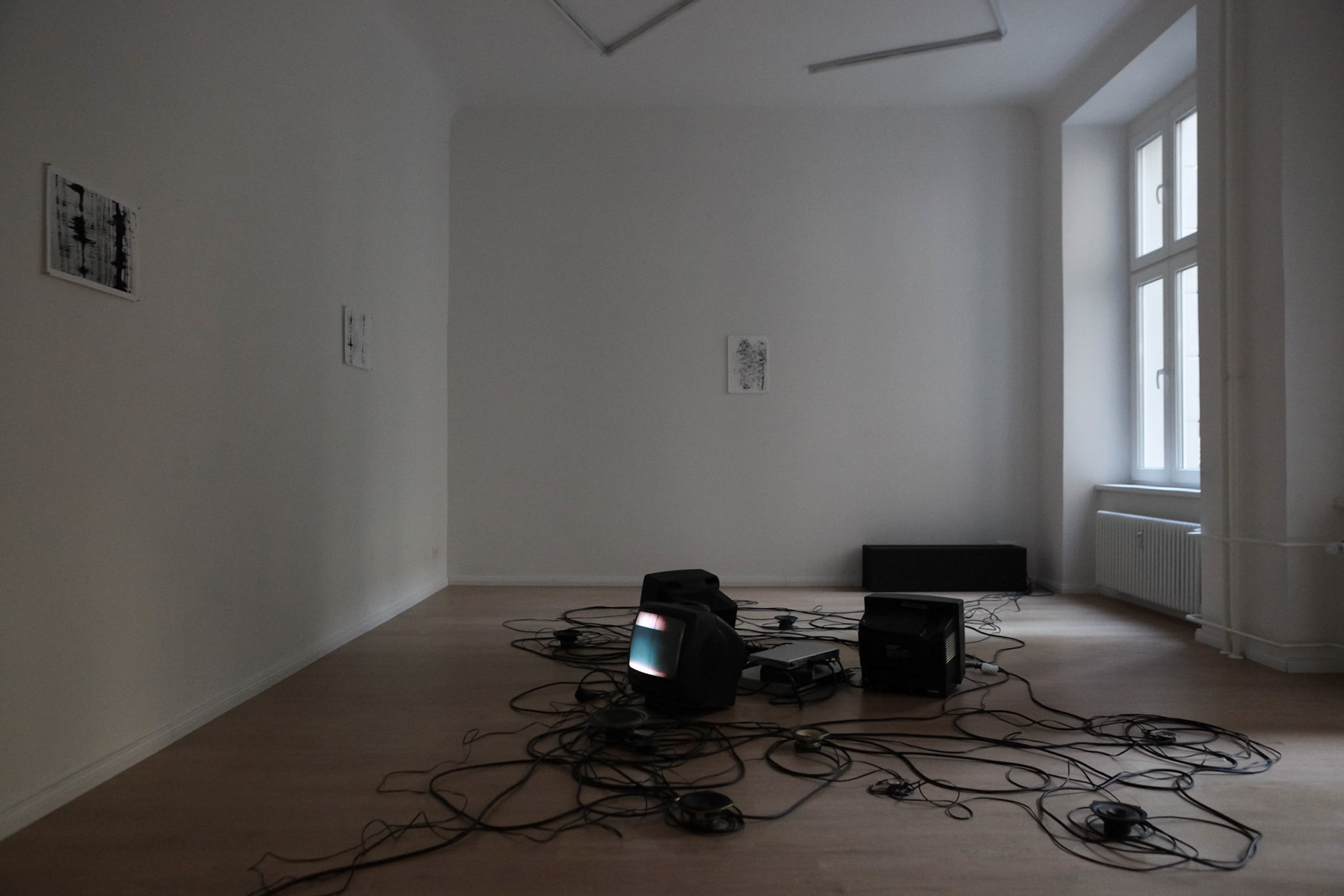

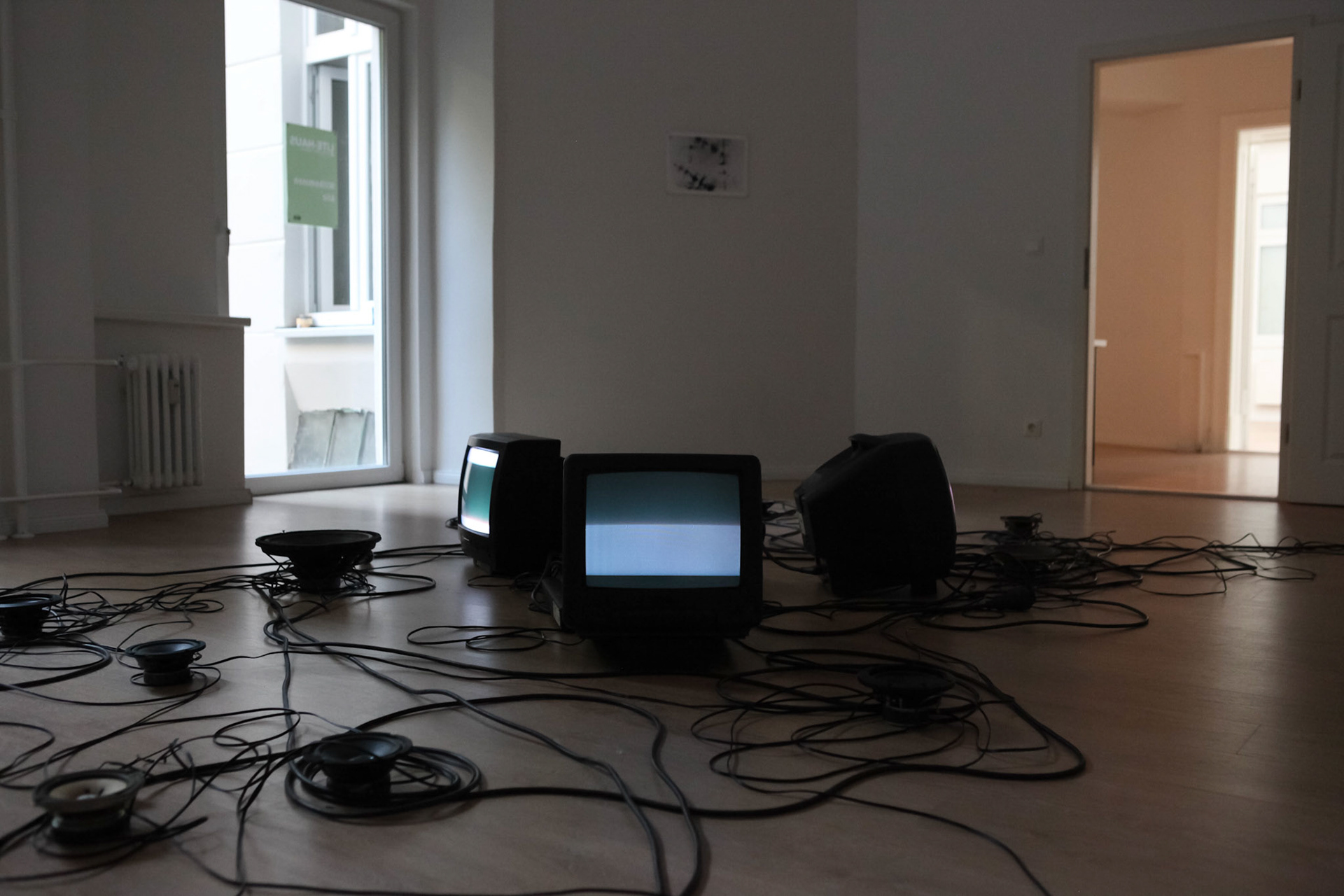














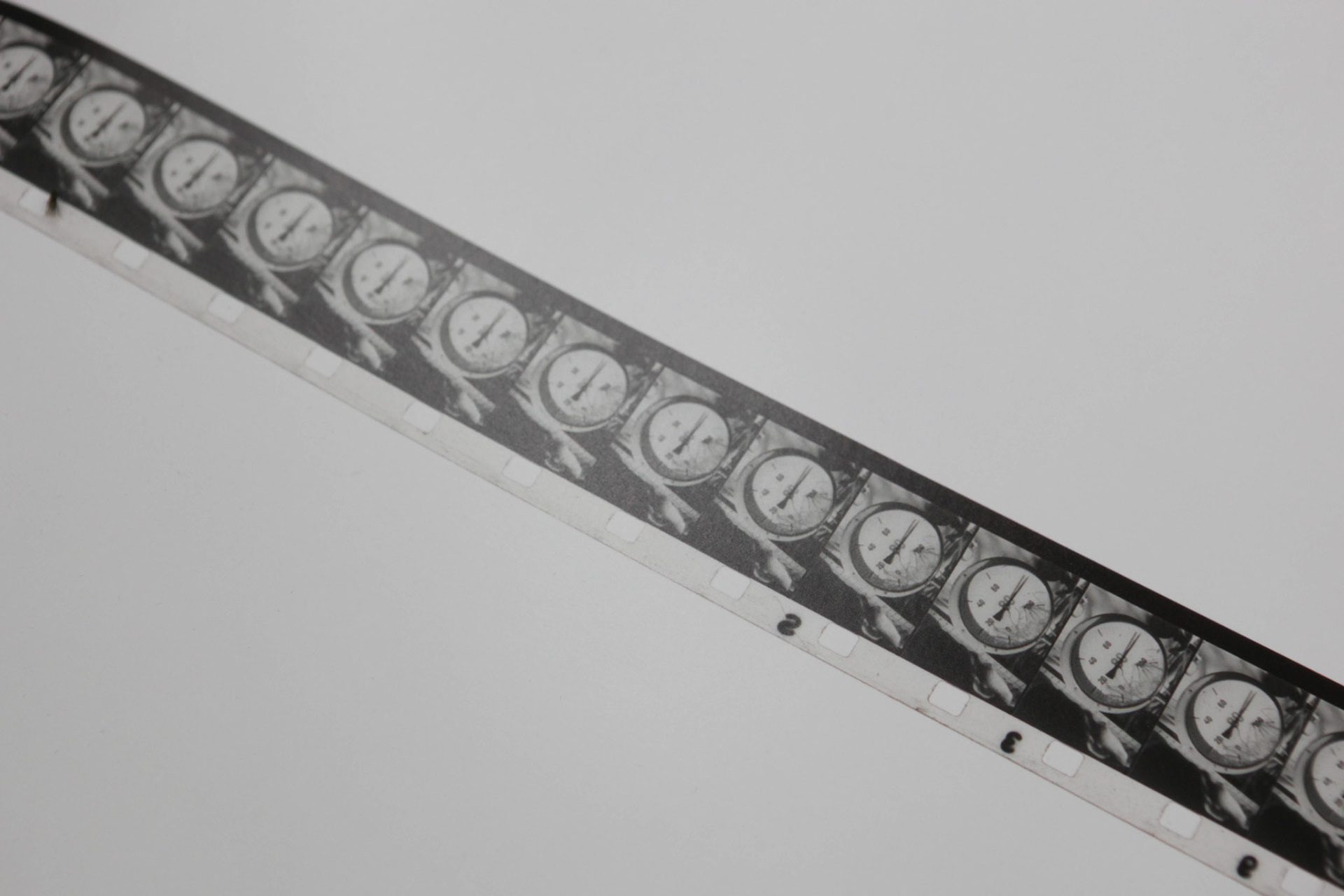
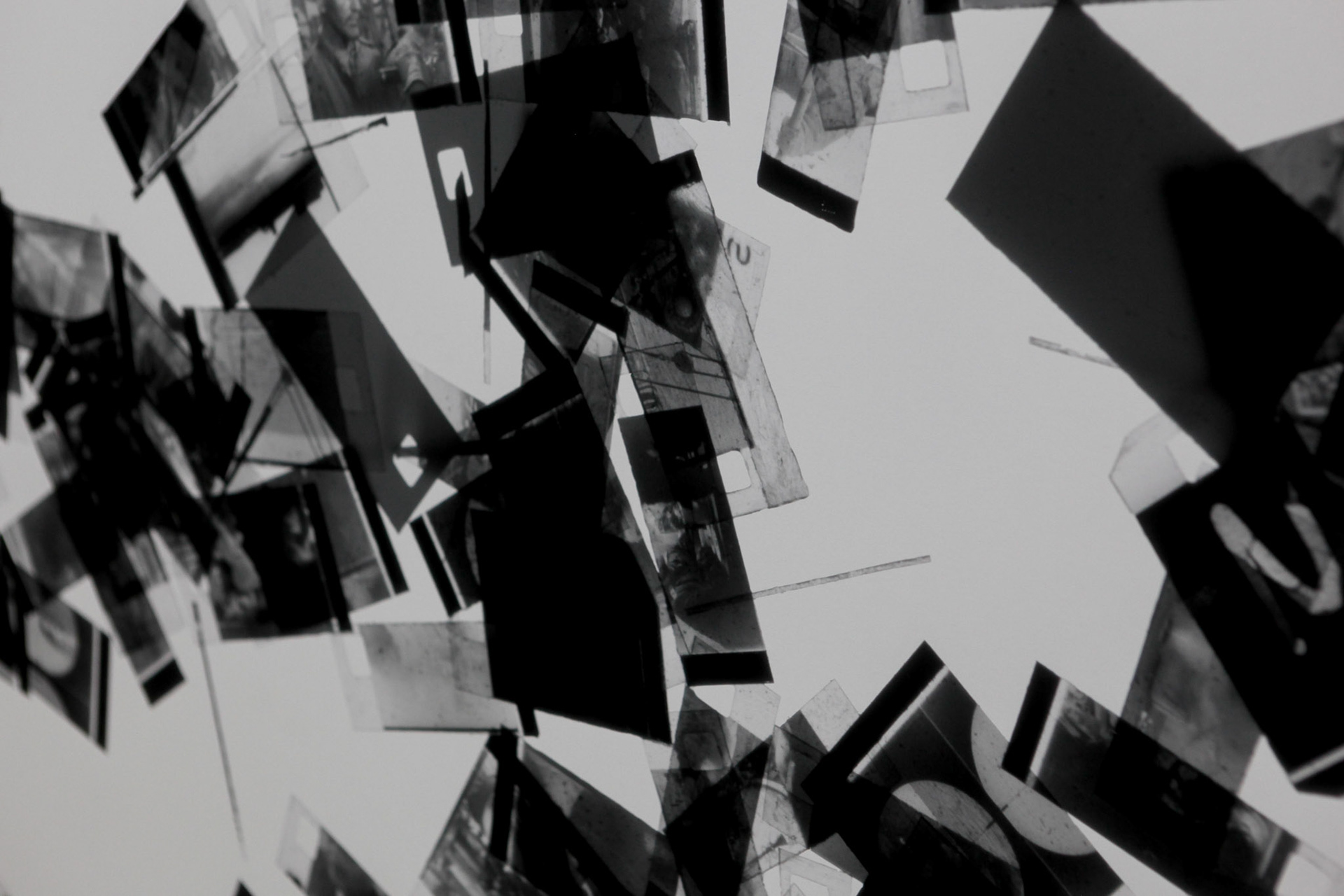
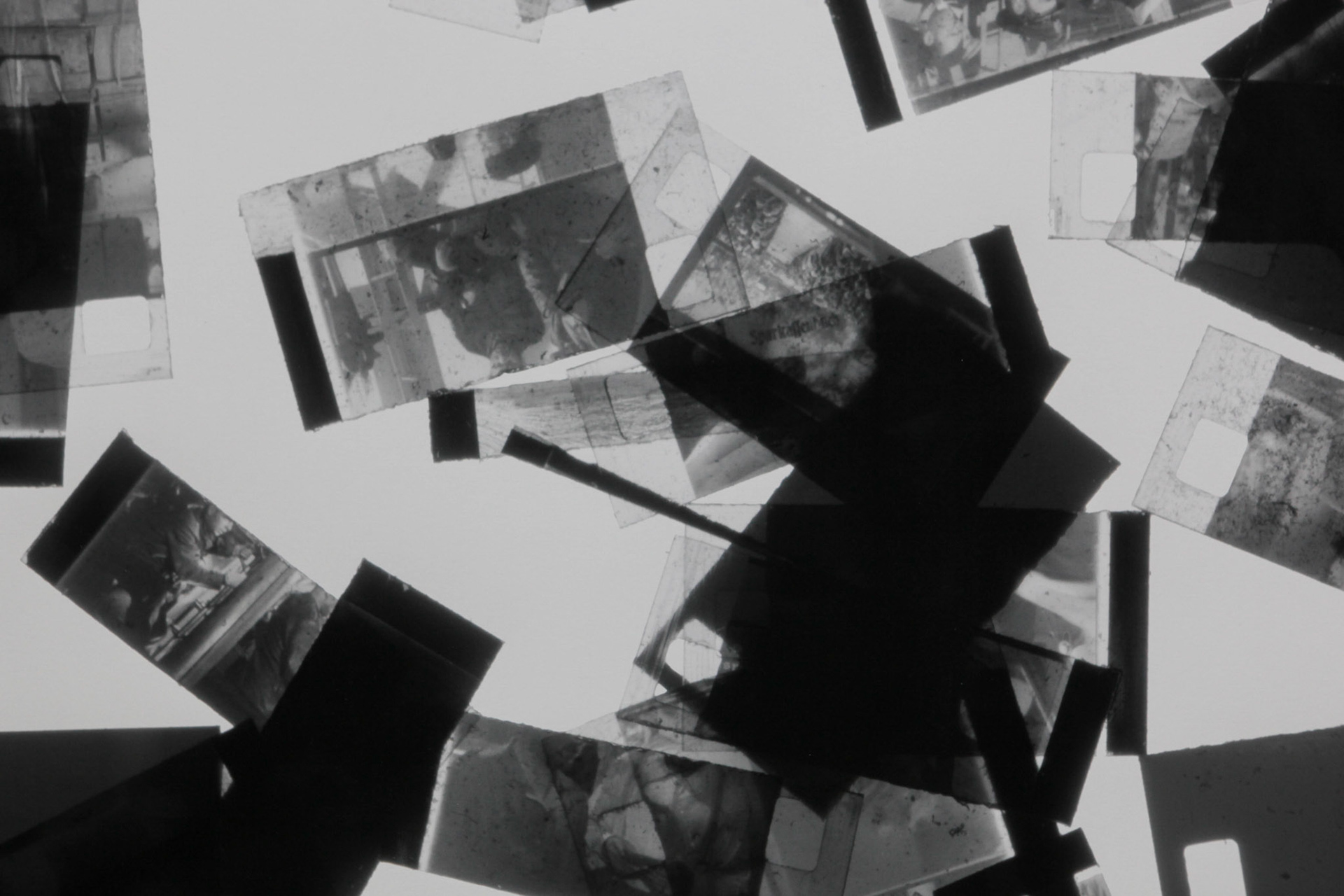

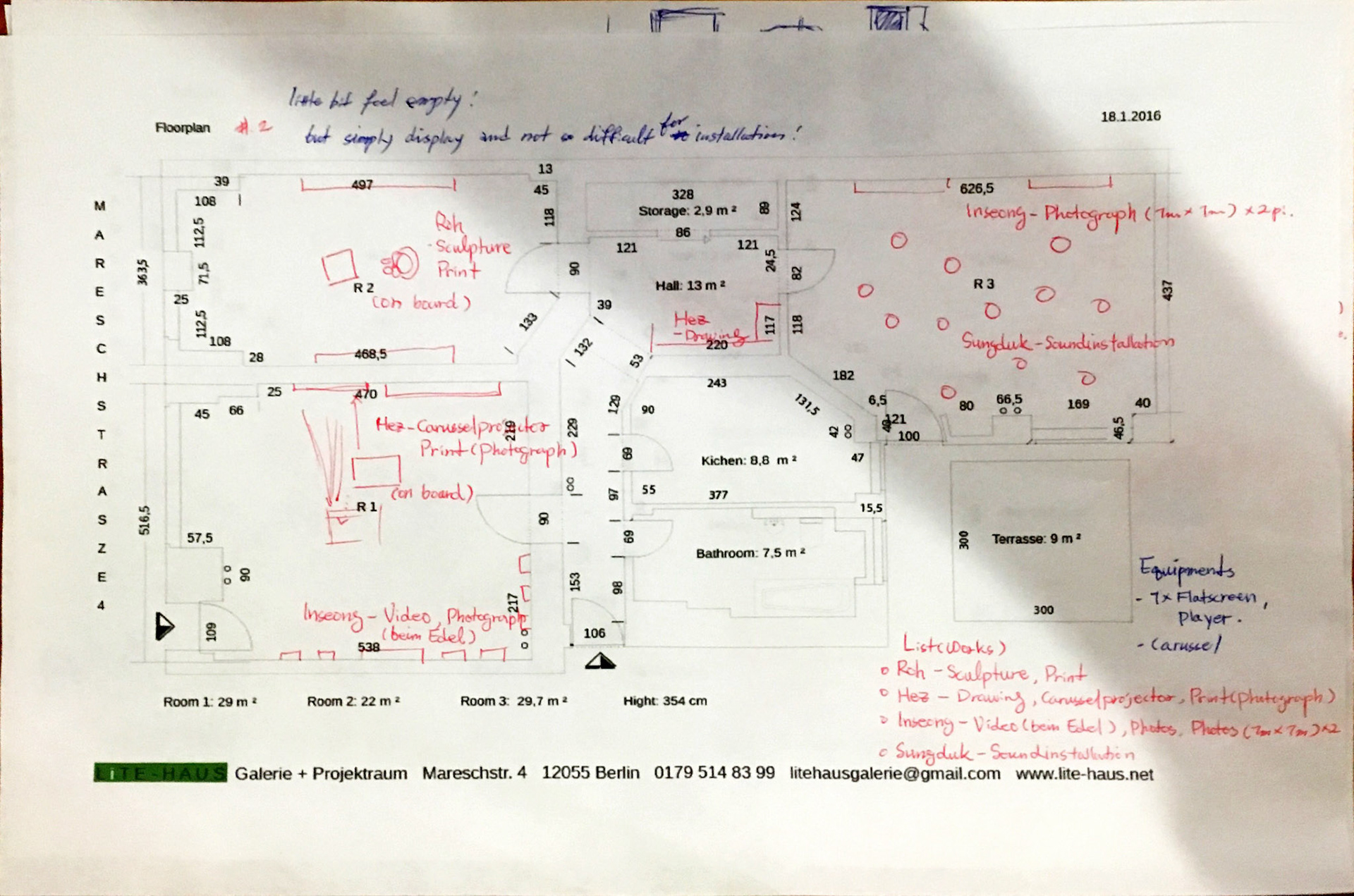




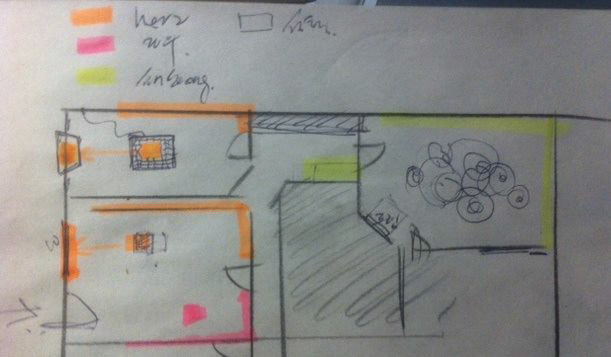




Creating as Unjustified False Belief
Kyungmin Jade Yi
Kyungmin Jade Yi
In my childhood home there used to be a trifoliate orange branch right above the front door. It was hanging horizontally, armoured with sharp, tough thorns. My grandmother gave it to my family for it was supposed to protect our home from evil spirits. She was a temple-goer. I don’t know if that makes her buddhist or not because it is not always easy to differentiate buddhist culture from other superstitious customs in Korea. Grandmother had a friend called ‘Jeju granny’, who was a kind of a shaman. Back then, there used to be one like her in small villages. I still don’t know what exactly her role in the community was, but I remember that she used to read signs from people’s dreams and also dream herself about other people and then tell them her interpretation of what it means. I guess it might be her who prepared orange branches or drew paper talismans for my granny so she could give them to my family.
Religion, superstition, belief, whatever you call it, how people act as a result of what they believe always fascinates me. The many deep bows my granny used to make in front of the statue of Buddha, a respectful kiss to Maria given by an old couple in a monastery on a Catalonian rocky mountain. They have left such a profound impression of how belief can make its bearer beautiful and, to a degree, holy. So I come to believe in everything from God to fantasy. Later I came to meet people who question how you could believe in God when you cannot actually see him. Although perhaps you could be willing to believe in something exactly because you have never seen it or you are never going to see it. Even science might be compared to the trail of a pilgrim, discovering incomprehensible mysteries bit by bit. It might sound absurd and irrational, but maybe some aspects of human nature are reflected better by this belief in unexamined or unexaminables.
Some explain religion as a coping mechanism for fear and anxiety that we happen to have. Now most things have their own proper explanation, and there are plenty go things to replace religion. Dream, wish and illusion would be rather foolish and blind, whereas unbelief and scepticism would be a smarter choice. What matters and what’s ‘real’ is political and economic information, properties and health. All-powerful religion is long gone, but if asked I’m sure that everyone could come up with a good number of commandments. They dominate the everyday so strictly that fearing the wrath of God (in form of a solar eclipse or a natural disaster) is no longer an issue. People do not pray or wish upon anything anymore.
Westerosi believe in both old and new gods, Ancient Greeks believed in and worshipped a great number of gods and goddesses, children have no doubts in Father Christmas. Some dedicate their belief to scientific principles or to a fitness regime. But no one would consider their belief delusional. It is simply different reasons for different beliefs. Most people would be convinced that their belief is reasonably justifiable and also true. When a belief is judged as false, that is because it lacks justification or, even if it doesn’t, does not correspond to facts, and therefore is untrue. Criticism of superstitions or religion is usually formed likewise.
Religion is not the only domain where a belief is not easily justified. From time to time artists confront responses saying that their work is incomprehensible and does not make sense. This is because the audience, critics, co-artists and even artists themselves have a hard time understanding the belief behind the work. This belief is the origin of an artist’s unique perspective, the process and the result of the artwork. One thing that makes it difficult to grasp this belief is that the artist does not explain it sufficiently. In other words, the artist does not provide enough ‘justification’ for their belief which is the source of the artistic process. Some artists even confess that they themselves have constant doubts and insecurities about their own belief. But they just keep on going, even though their belief is not justified to themselves.
What’s more, some artists just start from things that are completely wrong: false information, misunderstanding or a misperception. The thing is that here, in contrast to in other subject fields, false belief formed by misconception and misunderstanding can instead draw something new. If there is something wrong with someone’s knowledge about the world, it should be dealt with as a problem, simply because it is false. However, when false belief brings about creation, it collides with knowledge, causing surprise and chaos and can sometimes be appreciated as something new, significant or even beautiful.
Creating is unjustified false belief; and when+if you adjust a perspective even a little bit, it is no wonder that creating does not have to be justified. It is not necessary to justify creating, or rather, being unjustified is its nature. In the same way, you cannot argue whether creating is true or false. Truth and falsehood depends on correspondence with facts, however creating does not need to be true, rather not corresponding with facts is what makes creating creating. Creating collides with the ongoing world ceaselessly, from its beginning to its result. When creating crashes into knowledge, when unjustified false belief crashes into justified true belief, meaning, emotion, desire, experience and a whole new universe is born. Therefore even if creating is made up of unjustified false belief, it becomes what matters, it becomes real. It is real.
Life really depends on what you decide to believe. Proverbs stating that: ‘what we believe becomes real’ say more than at first glance. Creating is a belief. It is a belief which is not adequately explainable or provable, thus unjustifiable and sometimes completely false. Creating begins by withdrawing the necessity to justify and verify, deciding to keep belief and act upon it. By doing that, all delusion that an artist believes becomes real, here and now.